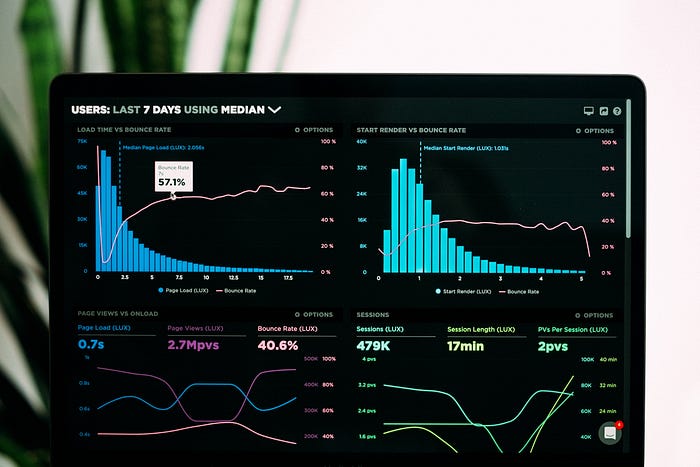Understanding The iloc And loc Functions For Data Analysis
Introduction
It is necessary to use effective data manipulation and extraction techniques when working with large datasets. The Pandas data analysis library offers strong tools for working with structured data, including the ability to access and modify DataFrame elements using the iloc and loc functions. In this article, we will examine the distinctions between iloc and loc, their uses, and real-world examples of how to use them successfully.
Before diving into iloc and loc, let’s understand how DataFrame indexing works in Pandas. A DataFrame is a two-dimensional tabular data structure with labeled rows (index) and columns. The index can be numeric, string-based, or even a combination of both. Pandas allow access and manipulation of the DataFrame elements using various indexing techniques.

iloc
The iloc function is integer-based and allows access to DataFrame elements using their integer-based position.
It follows a zero-based indexing system, where the first element is at index 0, the second at index 1, and so on. Using the iloc function in Python, we can easily retrieve any specific value from a row or column using index values.
The general syntax for iloc is:
pandas.DataFrame.iloc[row_index, column_index]
where row_index and column_index can be integers, slices, or boolean arrays.
In the code sample above, we first import pandas as pd and then convert the country_data object to a DataFrame by passing the country_data as an argument in the DataFrame. This converts the country_data to a 2D data structure.
Once the DataFrame is created, we can then access the data in the df dataframe using their index by invoking the iloc function. In this case, df.iloc[0,1] returns data stored in the first column of the zeroth row.
To access the continent data stored in the third row, we use df.iloc[3, 1], which returns “Africa”
The iloc function also accepts a single argument that returns all the data in that index. For example, df.iloc[1] will return Spain, Europe.
loc
Unlike iloc, the loc function allows us to access DataFrame elements using labels from the index or column names. It provides a more intuitive and flexible way of indexing compared to iloc.
The general syntax for loc is:
df.loc[row_label, column_label]
where row_label and column_label can be labels, slices, or boolean arrays.
Using the country_data code above. To access the continent of "USA", we use:
item = df.loc[df[‘country’] == ‘USA’, ‘continent’]
This returns North America
In the example above, we used the condition df[‘Age’] >= 30 as the row indexer. It returns a boolean array where True represents rows that satisfy the condition. Passing this boolean array to df.loc[] selects and displays only the rows where the condition is True. In this case, items in rows 2 and 3 are returned.
Differences Between iloc and loc
While both serve the purpose of selecting data from DataFrames, they differ in their indexing approaches.
While iloc uses integer-based indexing and allows us to select data using integer positions, loc uses label-based indexing, allowing us to select data using row and column labels.
When slicing data using labels, loc includes both the start and end points, whereas iloc only includes the start point.
loc supports non-integer labels for both rows and columns. iloc works exclusively with integer-based labels for both rows and columns.
When To Use iloc
The iloc function is ideal for situations that involve numeric-based indexing or require position-based extraction.
iloc can be used to retrieve specific elements based on their integer positions.
iloc is the best option when you want to use numeric-based slicing to extract a range of rows or columns.
When To Use loc
To retrieve specific elements based on their labels or boolean arrays.
To extract a range of rows or columns using label-based slicing.
When working with DataFrames that have non-integer labels.
Conclusion
The Pandas loc and iloc functions provide strong tools for data manipulation and indexing. Effective data analysis and manipulation require an understanding of the differences between these functions and their respective use cases. Gaining proficiency in loc and iloc will help Data Scientists and Analysts use pandas to its fullest potential and improve their capacity to glean insights from large datasets.